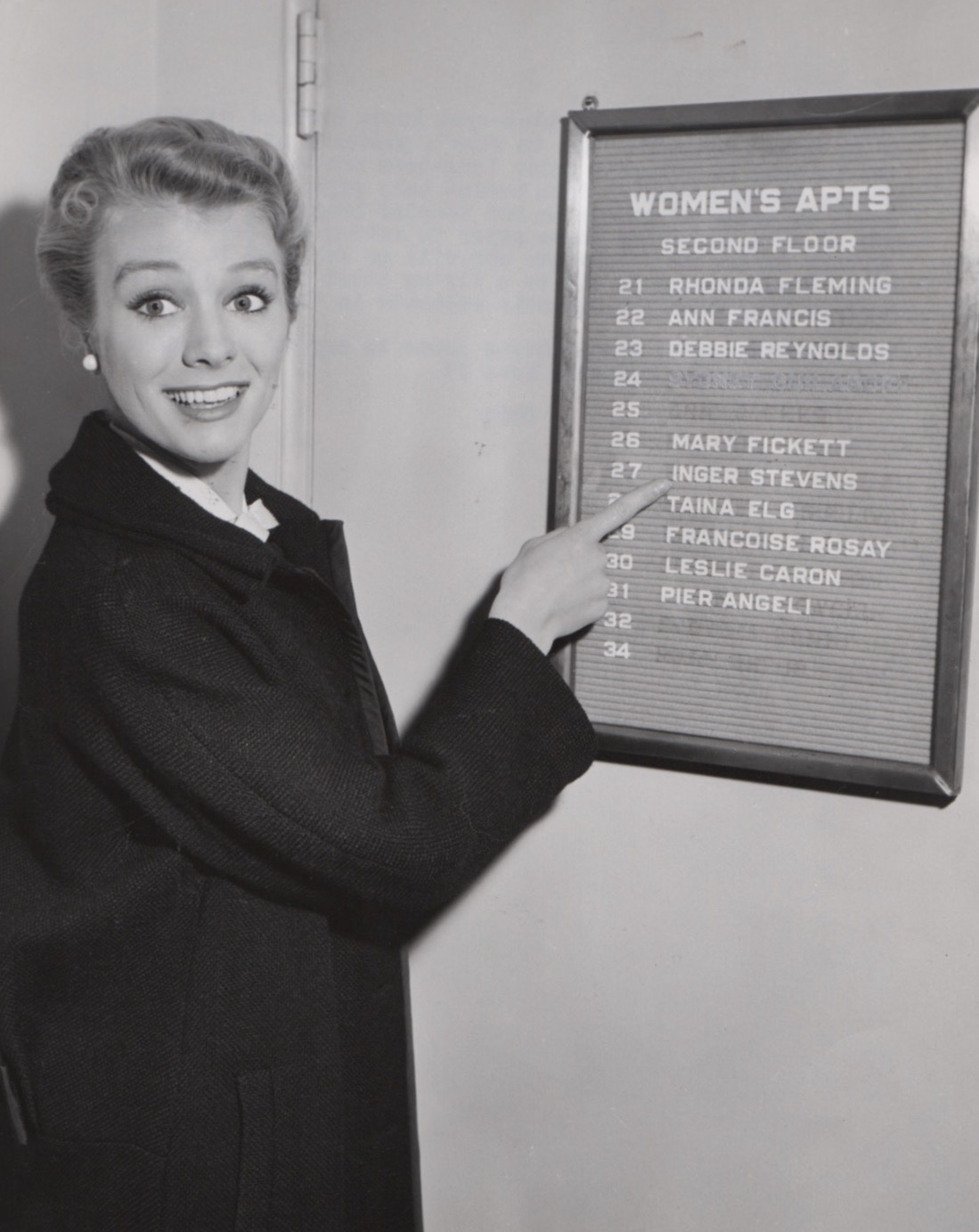Can a single decision alter the course of an entire city's history? When we examine the case of Jane Jacobs and her pivotal role in shaping urban development strategies, the answer becomes undeniable. Her work and vision have left an indelible mark on how cities are planned and managed today. Jacobs' influence is not merely historical but continues to resonate through contemporary urban policies worldwide.
Jane Jacobs was born in Scranton, Pennsylvania, and her early life did not hint at the revolutionary impact she would later have on urban planning. She moved to New York City in 1935, where her passion for observing and understanding cities began to take root. Unlike many planners of her time who favored large-scale redevelopment projects, Jacobs championed the idea that vibrant neighborhoods thrive best when they are allowed to grow organically. Her seminal book, The Death and Life of Great American Cities, published in 1961, became a manifesto for this philosophy. In it, she argued against the destructive practices of urban renewal, which often involved demolishing entire neighborhoods to make way for highways or sterile high-rise developments.
| Bio Data | Details |
|---|---|
| Full Name | Jane Butzner Jacobs |
| Date of Birth | May 4, 1916 |
| Place of Birth | Scranton, Pennsylvania |
| Education | Attended Columbia University extension courses |
| Profession | Writer, Urban Activist |
| Notable Work | The Death and Life of Great American Cities |
| Awards | Pritzker Architecture Prize (honorary mention) |
| Reference Website | Biography.com |
Jacobs' activism extended beyond writing. She actively opposed Robert Moses' plans to build an expressway through Greenwich Village, one of New York City's most cherished neighborhoods. Her grassroots efforts mobilized local residents and ultimately succeeded in halting the project. This victory underscored the power of community engagement in urban planning decisions and set a precedent for future battles against top-down development schemes. By advocating for mixed-use zoning, walkability, and dense, diverse neighborhoods, Jacobs offered a blueprint for sustainable urban growth that prioritized human interaction over architectural grandeur.
Influenced by her experiences in New York, Jacobs moved to Toronto in 1968 amidst growing concerns about U.S. involvement in Vietnam. There, she continued her advocacy work, playing a crucial role in stopping the proposed Spadina Expressway, which threatened to bisect several established neighborhoods. Her ability to unite disparate groups under a common cause demonstrated her exceptional leadership skills and deep commitment to preserving urban vitality. Over time, her ideas gained traction globally, inspiring planners and policymakers to rethink their approaches to city design.
Jacobs' theories emphasized four key principles for fostering successful urban environments: mixed primary uses, short blocks, buildings of varying ages, and population density. These elements create dynamic street life, encourage social cohesion, and enhance economic opportunities within neighborhoods. While some critics initially dismissed her ideas as overly idealistic, subsequent research has validated many of her claims. Studies show that areas adhering to these principles tend to exhibit lower crime rates, higher property values, and stronger community ties compared to those dominated by sprawling developments or isolated commercial districts.
Despite facing opposition from powerful figures during her lifetime, Jacobs remained steadfast in her convictions. Her willingness to challenge conventional wisdom earned her both admiration and controversy. Today, however, her legacy endures as a guiding light for progressive urban planning initiatives around the world. From revitalizing historic districts to promoting environmentally friendly transportation options, her influence can be seen in countless projects aimed at creating livable, inclusive cities.
As cities continue to grapple with challenges such as climate change, housing affordability, and social inequality, the lessons gleaned from Jacobs' work remain more relevant than ever. By prioritizing people-centered solutions over profit-driven agendas, urban planners can ensure that future developments meet the needs of all residents while preserving the unique character of each neighborhood. In doing so, they honor the pioneering spirit of Jane Jacobs and carry forward her vision of vibrant, thriving urban landscapes.
Looking back at her career, it becomes clear that Jacobs' contributions transcended mere intellectual discourse. Through her writings, activism, and unwavering dedication, she transformed the field of urban planning into a discipline focused on equity, sustainability, and human connection. As new generations of planners emerge, they will undoubtedly draw inspiration from her groundbreaking work and strive to uphold the values she championed throughout her remarkable life.
Though much progress has been made since Jacobs first articulated her vision, there remains much work to be done. Rapid urbanization continues to pose significant challenges, particularly in developing countries where resources may be limited. To address these issues effectively, planners must adopt innovative strategies that balance modern demands with traditional wisdom. By integrating technology with time-tested principles, they can craft solutions tailored to the specific needs of each community while ensuring long-term resilience.
Ultimately, the story of Jane Jacobs serves as a reminder that even seemingly insurmountable obstacles can be overcome through determination, collaboration, and a steadfast belief in the power of collective action. Her legacy challenges us to think critically about the ways we shape our cities and inspires us to envision a future where every resident has access to safe, affordable, and enjoyable living environments. As we move forward, let us remember the profound impact one individual can have when armed with courage, conviction, and a desire to make the world a better place.

